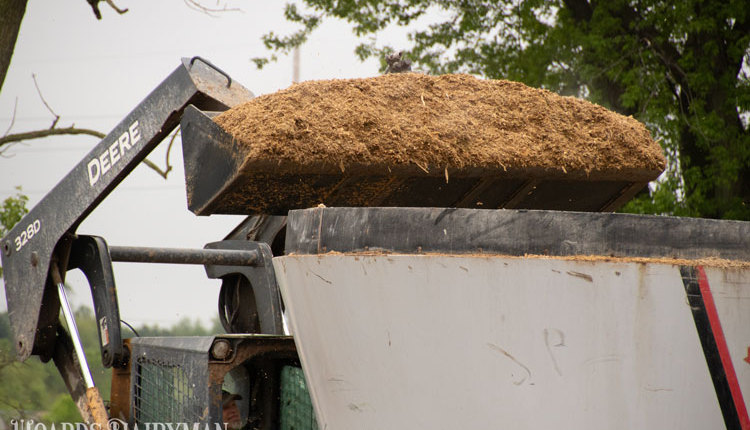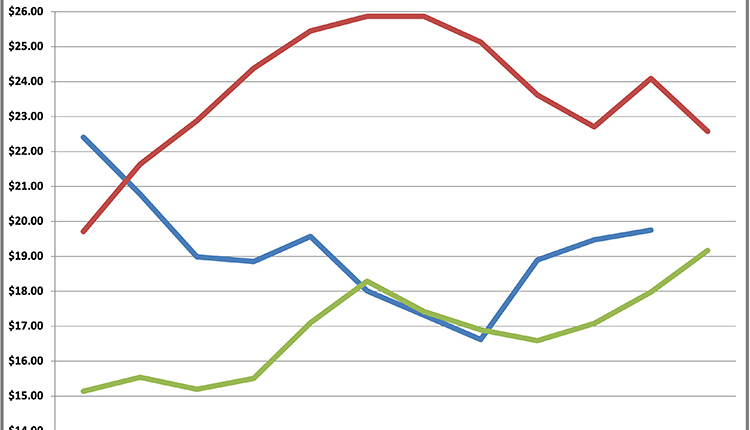As the Food and Drug Administration's (FDA) first approved genetically engineered food animal, the AquAdvantage salmon has gene edits that enable it to grow year-round versus only during the spring and summer seasons like its wild cousins. That means the GMO Atlantic salmon grows to market size in 16 to 18 months rather than three years. As a result, the farm-raised fish consumes 25 percent less feed, substantially reducing its carbon footprint.
The high-feed-conversion fish, studied by FDA for 20 years, represent the tip of the iceberg, as a number of genetically modified animals exist in the research phase, offering improved disease resistance and enhanced nutrient profiles. Most of these first-generation GMO animals represent within-species gene edits. While that alone will surely raise debate among consumers, second-generation edits that go across species will evoke even greater discussion. It is the similar snipping and insertion of genes that have led to glyphosate-resistant crops and European corn borer-resistant corn.
While it may be some time before genetically-altered dairy cows produce milk for the masses, one can bet applications are being polished for submission to FDA on a number of food-producing counterparts. As we wade through the complexity of the topic, we firmly believe the discussion will make the rBST debate look tame. Our close relationship with animals and the food they produce make gene edits more controversial despite sound science and the potential good they pose to human nutrition and the environment.










